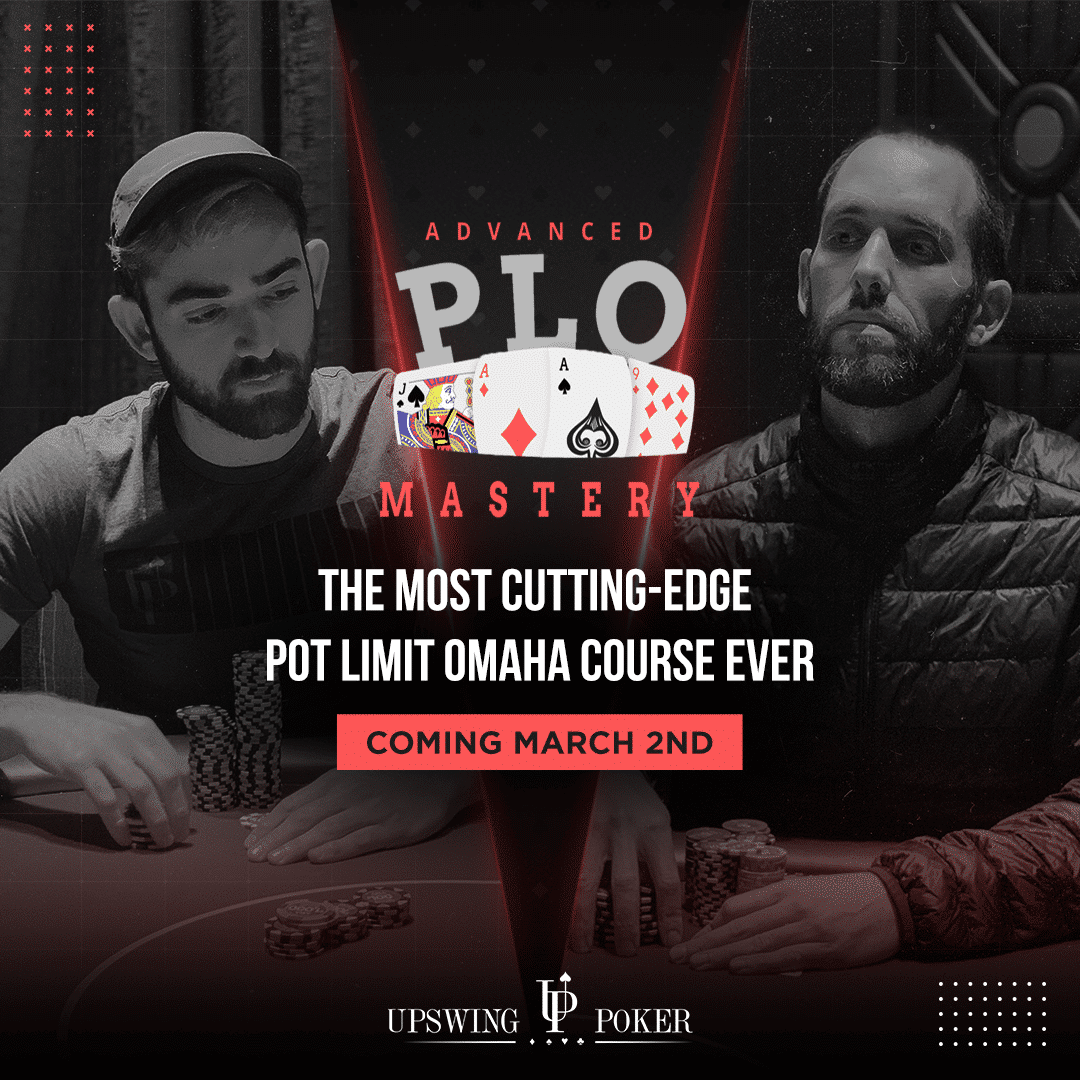
Here at Teamo8 we help poker players to become more profitable in these Omaha Hi/Lo variants:
Sep 11, 2020 Free Omaha strategy articles with expert tips on making the switch from Hold’em, traps Omaha beginners should watch out for, playing draws and much more. 100% Up To $888 and $88 free. Arguably the most significant way in which these conditions affect Omaha strategy is variance. PLO is a more volatile game than Hold'em and because the structure is Pot Limit, it means you're forced to play more pots post-flop. After reading the information on Omaha-8.com and practicing, you should be able to quickly become a profitable Omaha/8 player. Like most forms of poker, starting hand selection is the first step. I recommend starting with the Omaha/8 Rules section and then reading the Omaha/8 Strategy section. Many elements of Pot Limit Omaha (PLO) and No Limit Hold’Em (NLH) play are similar. However, there are key differences which distinguish the two games. The increase to four pocket cards, pot limit betting caps, and other variations yield key strategy differences between the two games.
No Limit Omaha Strategy Tournament
- Omaha Hi/Lo - AKA Omaha 8 or Better
- 5-Card Omaha Hi/Lo
- Courchevel Hi/Lo
We provide training materials and personalized hand reviews for Sit & Gos and Multi Table Tournaments primarily in the Pot Limit (PLO8) and No Limit (NLO8) formats.
Free Membership
- Access to the general discussion forum
- The ability to post questions and get answers about any of the public free videos and articles
Premium Membership
- Access to the strategy forums
- Personalized Hand History reviews
- Answers to strategy questions such as 'how should I play in this spot?'
- Access to all the Premium Videos
- Hand Range Guides
- Premium Training Materials
- See Compare Membership Types for more information
Teamo8 Staking
Players who are accepted into our full staking program get full Premium Membership for Free with no upfront fees. (This does not apply to Beginner Stakes)

If you are an experienced player looking for backing, then please send us the following information via our contact form:
- Your PokerStars and Full Tilt screen names
- The types of games and buy-in levels you want to be staked for
- A few words about your playing experience
No-Limit Omaha Hi-Lo Strategy Should Include Defense Against The Constant All-In Overbets Pre Flop in NL08
Many online No-Limit Omaha Hi-Lo games, especially at the lower limits, are characterized by seemingly crazy all-in overbets before the flop. This article examines this phenomenon and shows ways in which you can profit from inexperienced players – as both the bettor or the caller.
We start by examining the logic of the NL08 all-in – this is not usually a short-stackers move as in Omaha Hi games… but rather a bet designed to pick up the blinds and any small pre-flop bets with a hand that the ‘over-pusher’ believes can stand a showdown when called. This is usually a hand containing A-A and at least one low card, but can sometimes be a suited A-2 or even a premium high-only hand.
No Limit Omaha Hi-Lo all-in bets can be frustrating to those players looking to use their skills across multiple streets and betting situations. However, you may be missing out on some profitable situations by routinely folding to these bets, especially against opponents who will push all-in with do this with any A-A NL08 hand.
Key to the decision to call is an accurate read on your opponent’s all-in range. Frequency of pushes and showdowns seen should be noted fast – as these players are likely to ‘hit and run’. With some dead money from previous bets and limps in the pot you will find many profitable situations, especially against the looser over-pushers.
Here are some example hand match ups against opponents pushing progressively tighter, we assume the caller has aces on each occasion (of varying strengths), see below for a note on calling without aces.
Examples #1: The pushes without aces (aka the easiest money online):
– Pusher: K-K-A-7 Single Suited (equity 32.8%)
– Caller: A-A-2-6 Single Suited (equity 67.2%)

– Pusher: A-K-2-3 Single Suited (equity 40.09%)
– Caller: A-A-4-5 Double Suited (equity 59.01%)
Examples #2: Pushes with weak aces (aka the 2nd easiest money online)
– Pusher: A-A-9-Q no suits (equity 37.8%)
– Caller: A-A-2-8 Single Suited (equity 62.2%)
– Pusher: A-A-6-6 Single Suited (equity 41%)
– Caller: A-A-3-4 Double Suited (equity 59%)
Examples #3: Pushes With Medium Strong Aces
– Pusher: A-A-7-8 Single Suited (equity 42.9%)
– Caller: A-A-2-5 Single Suited (equity 57.1%)
– Pusher: A-A-K-Q Double Suited (equity 42.5%)
– Caller: A-A-2-7 Single Suited ( equity 57.5%)
Each of the hand match-ups above gave the caller a significant edge on the pusher, even against some quality starting hands. Once we account for the dead money from pre-flop limping and betting then calling all-ins in no-limit Omaha hi-lo does not look so bad an option after all, but there are 2 more things to discuss.
All-ins in NLO8 – Even A Fish Can Get Dealt The Nuts!

Sure, even the loosest pusher can end up with A-A-2-3 double suited on occasion. This is why we need to take an average hand or ‘range’ and compare our holding to that – rather than rely on specific hand match ups. If you call against someone capable of pushing kings and they turn up with the nuts you should be happy that on average your call has a positive expectation over and above the dead money already in the pot.
Can We Ever Call Without Aces?
No Limit Omaha Poker Strategy

Yes, but more dead money is required here. For example if you 3-bet your A-2-3-5 double suited get a caller and then a fish comes over the top all in you may well be looking at a pot of 30 blinds or more. You have approximately 50% equity against a ‘bad’ A-A hand and only slightly less against a A-A-6-7 (for example).
Summary And Next Steps
No Limit Omaha Poker Strategy
Pushing all-in before the flop is common in No-Limit Omaha hi-lo games. Instead of routinely folding to these moves you can profit by assessing the range of hands your opponents might make this move with – and calling accordingly. Do not forget to include any ‘dead money’ already in the pot in your equity calculations.